An Empıre's Fınal Chapter
The Gilded Twilight of a Dynasty
There is a moment when the sun, having reached its zenith, begins its slow, magnificent descent. For the Ottoman Empire, that twilight was not an abrupt darkness, but a long, gilded afternoon cast in the shimmering light of the Bosphorus. The soul of the empire was migrating—leaving the labyrinthine courtyards of Topkapı, the ancient heart of its absolute power, for a new stage set upon the waters.
Dolmabahçe Palace was more than a new home; it was a declaration. It was a vessel of profound melancholy and audacious hope, a sublime monument to an empire grappling with its own reflection in the mirror of the West. To walk its halls is to read the final, most poetic chapter of a 600-year-old dynasty—a story of transformation written not in ink, but in crystal, gold, and the heavy price of beauty.
The Sultan's New Anthem
From Mehter Marches to Verdi's Operas
The corridors of Dolmabahçe echoed with more than decrees; they resonated with the arias of Verdi and the waltzes of Strauss.
This was a cultural revolution set to music, performed by the elite Muzika-i Hümayun, transforming the palace into a grand European concert hall where the West’s most celebrated notes were played at the Sultan’s command.
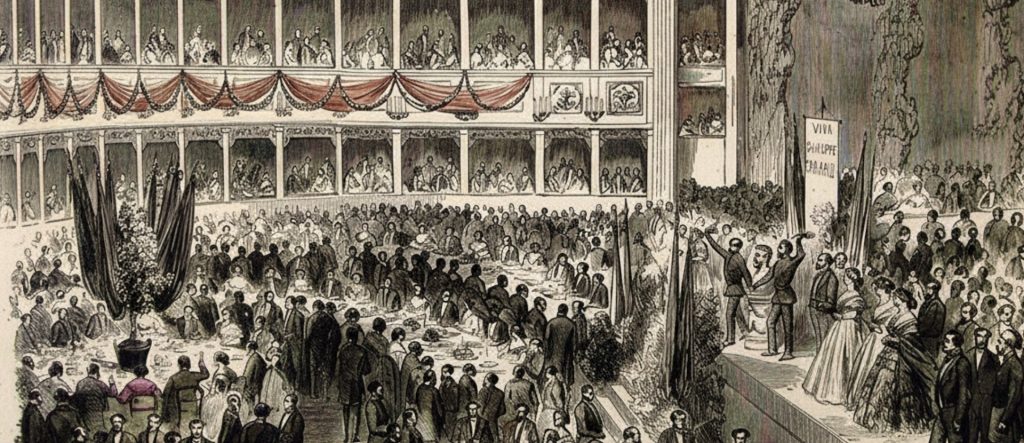
The Western Notes of the Palace: Operas Played by Muzıka-i Hümayun Musicians for the Sultan

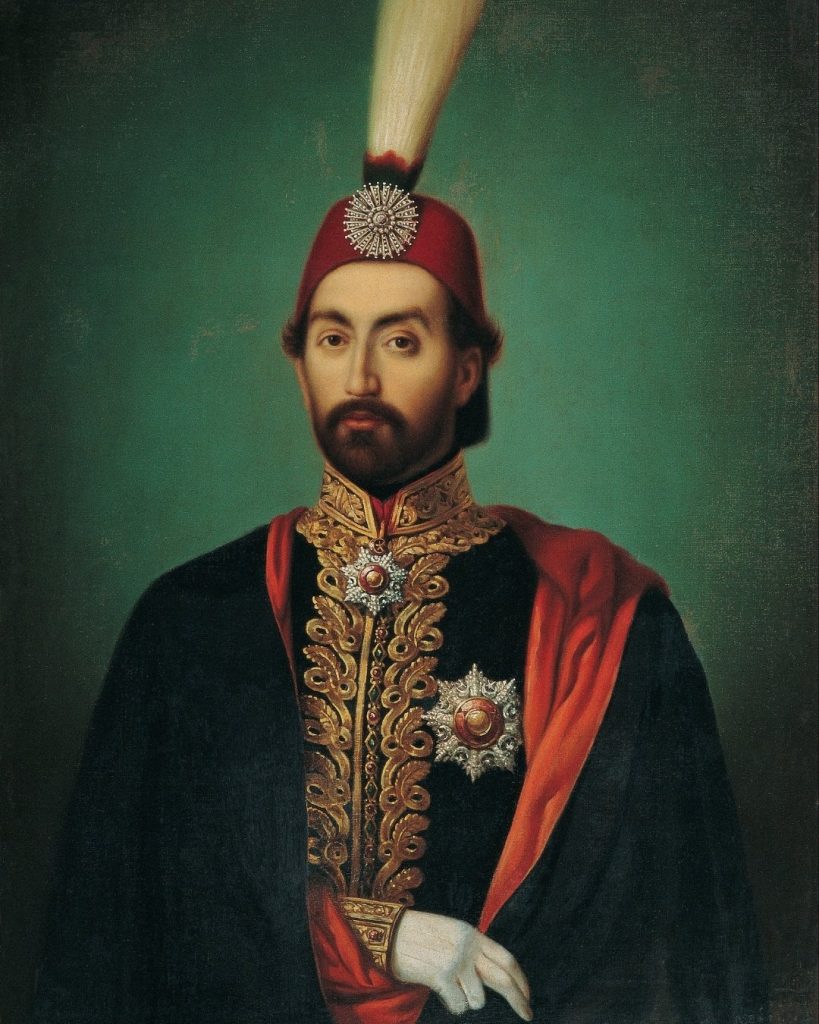
The Edict of Change
The Tanzimat Edict was not merely a document read in a garden; it was the tremor that signaled a tectonic shift in the Ottoman soul. For centuries, the Sultan’s word was law absolute. Now, the law sought to place itself above even the Sultan.
It was a desperate, brilliant attempt to mend the fraying fabric of the empire by borrowing threads from the West—a promise of equality, security, and modernity whispered into the ear of a skeptical Europe. Nothing would ever be the same again.
The Architects of the End
While the Sultans ruled from the palace, a new generation of power was rising outside its gates.
Meet the figures who dared to challenge the throne: the Three Pashas who seized control in a daring raid, the reformist Grand Viziers, and the colonels who marched their armies into the heart of politics. This is the story of the men who wrote the empire’s final, turbulent chapter.
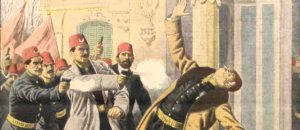
The Bâb-ı Âli Raid: How the Rule of the Three Pashas Seized Power from the Palace and the Government?
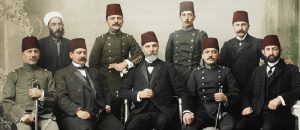
The Colonels of “The Sick Man”: Mahmud Şevket Pasha and the Entry of an Army into Politics
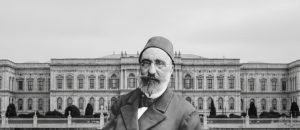
The Man Who Wrote the Constitution: Mithat Pasha’s Rise and Tragic Fall
Enrich Your Exploration
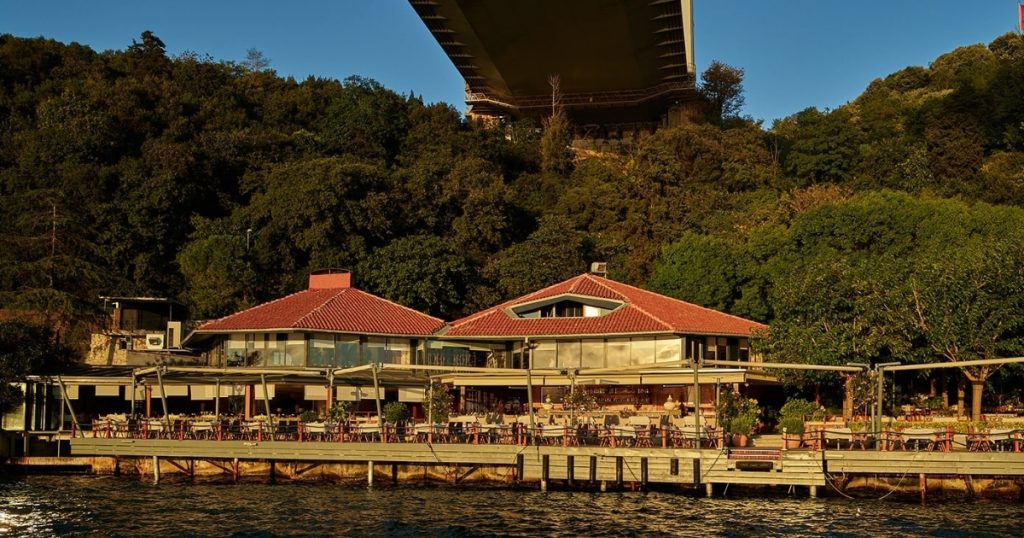
Lacivert: Your Bosphorus Table

Avis: The Keys to the City
The Gilded Cost
Every fluted column that soars towards the dome, every gilded panel on the ceilings, every brushstroke in that magnificent fresco was paid for with a piece of the empire’s future. This architectural symphony was financed by the first foreign loans in Ottoman history, a golden cage built on the precipice of bankruptcy.
The Crimean War drained the treasury, while the palace consumed fortunes. This hall is not just a room; it is a sublime, glittering tombstone for Ottoman solvency, each majestic detail a beautiful silver nail hammered into the coffin of a dying economy.
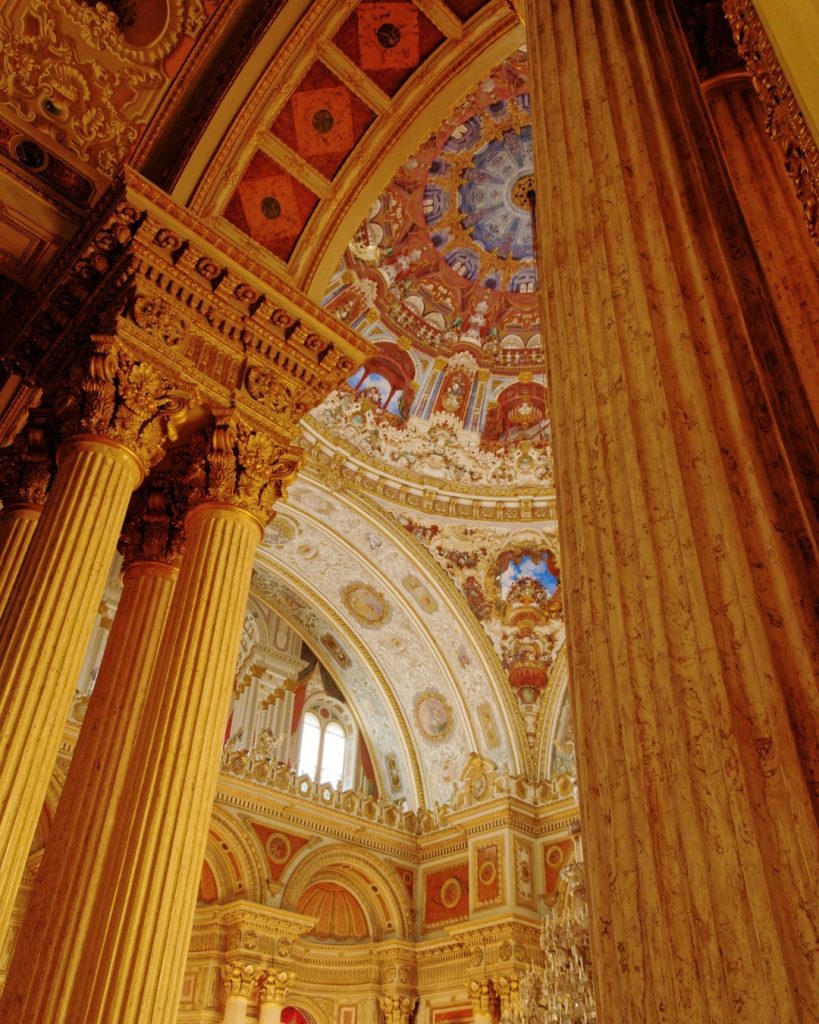
The Last Divan: Portraits of an Empire's End
History remembers the institution; the walls of Dolmabahçe remember the men.
From the Sultan who embraced art to the one imprisoned by madness, and the final sovereign who walked these halls into exile—these are the final, human chapters of the Ottoman dynasty.
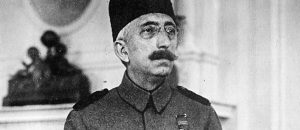
The Last Farewell: Vahideddin’s Departure from Dolmabahçe and the End of an Empire
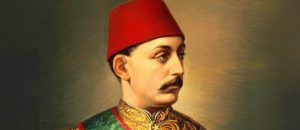
The 93-Day Sultanate: The Tragic Story of Murad V, the Forgotten Sultan of Dolmabahçe
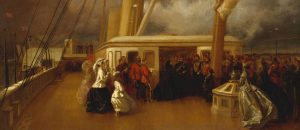
Passion for Art: How Sultan Abdülaziz Transformed Dolmabahçe into a Cultural Ambassador?

The New Aesthetic
A cultural earthquake was reshaping the court. The floor cushions and low divans of Topkapı gave way to high-backed chairs and polished tables. The fez challenged the turban, the tailcoat replaced the caftan, and the opera’s aria began to echo in halls once filled with the sounds of the mehter.
This was more than a change in fashion; it was the adoption of a new language of power, etiquette, and art—a conscious performance on the world stage, designed to prove that the empire was not a relic, but a modern monarchy.
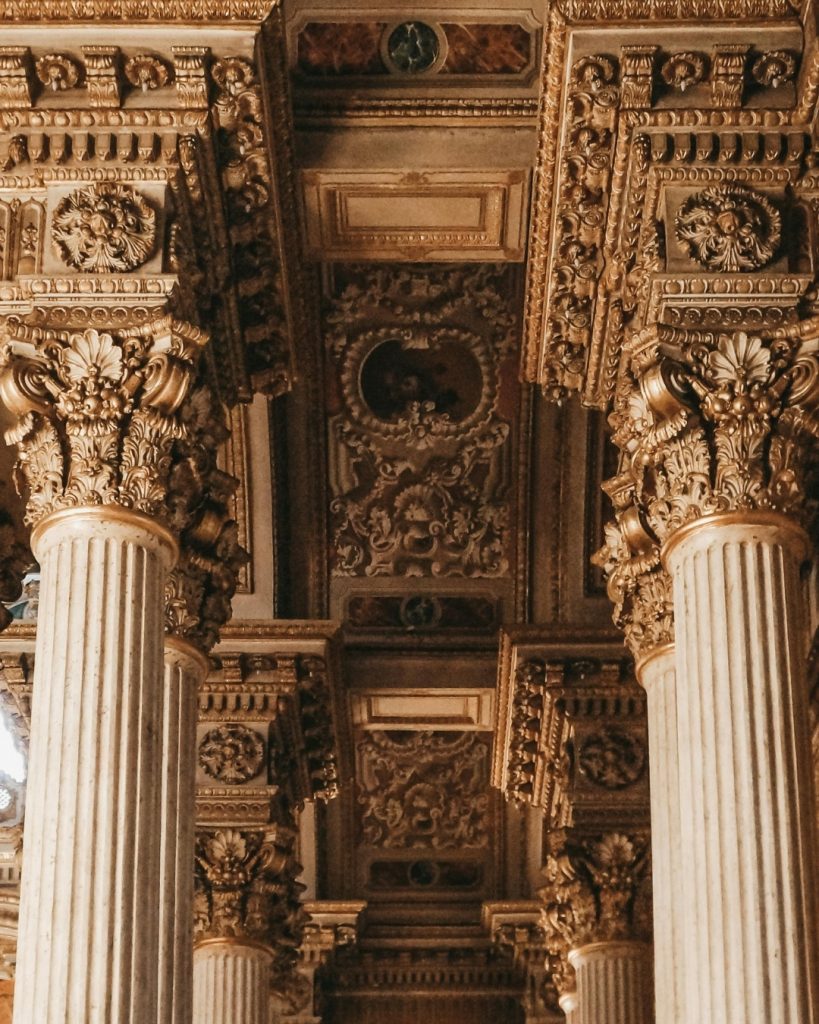
Last Sultan
The Empire's Gilded Cage
The crystal chandeliers of Dolmabahçe illuminated a magnificent stage, but behind the curtain, an empire was crumbling under the weight of its own grandeur.
This is the story of Sultan Mehmed Reşad, a ruler who inherited a throne but not its power, presiding over the final, tragic act of the Ottoman dynasty from within a gilded cage.
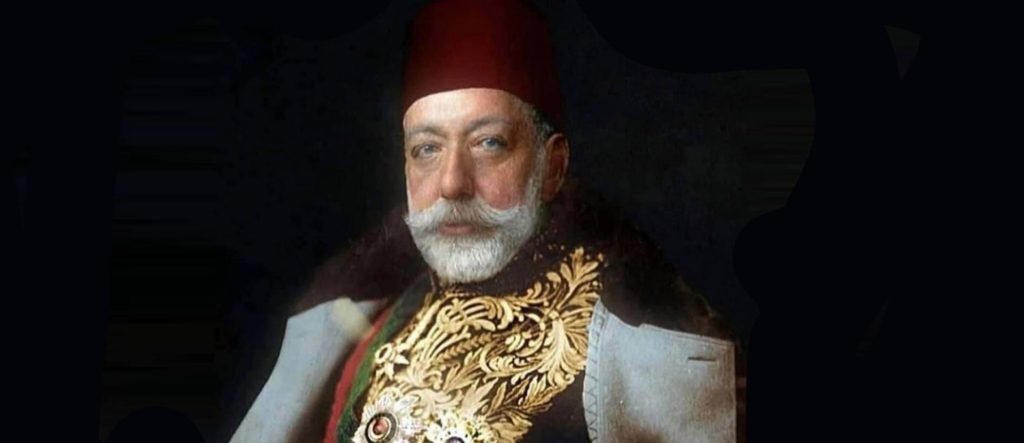
The Throne Exists, Power Does Not: Sultan Reşad’s Representative Role in Dolmabahçe
Your Imperial Story Begins Before You Land
Turkish Airlines: Your Journey to the Empire’s Gates
The journey to the heart of the empire deserves a beginning worthy of its destination.In the spirit of world-class travel, we salute the storytellers who capture the soul of Istanbul.
Watch this stunning tribute, and see where your own story will begin.

Frequently Asked Questionsabout Ottoman Empire's Ending Era
Why was Dolmabahçe Palace built to replace Topkapı?
Topkapı Palace, a medieval fortress-palace, no longer met the 19th-century standards of protocol, comfort, and representation. Dolmabahçe was built to serve as a modern administrative center and a residence that could rival the grand palaces of Europe, projecting an image of a contemporary, Western-oriented Ottoman monarchy.
What does "Tanzimat" actually mean for the Ottoman Empire?
“Tanzimat,” meaning “Reorganization,” was a period of intense reform aimed at modernizing the empire, centralizing the state, and securing its territorial integrity against internal and external threats. It introduced significant changes in law, administration, education, and civil rights, fundamentally altering the relationship between the state and its subjects.
Was the Tanzimat Edict successful?
Its success was mixed. While the reforms initiated profound and irreversible changes that laid the groundwork for modern Turkey, they failed to stop the empire’s territorial decline or solve its deep-seated financial problems. They represented a critical, transformative struggle rather than a complete cure.
How was such an expensive palace financed?
The construction was largely financed through a series of foreign loans, primarily from British and French banks, and new taxes. This massive expenditure, coupled with the costs of the Crimean War, placed an immense strain on the imperial treasury and deepened the empire’s dependency on European powers.
Did ordinary Ottoman people approve of the palace's cost?
While historical records on public opinion are scarce, the extravagant spending was a source of criticism among some Ottoman intellectuals and officials. It was often seen as a symbol of the court’s detachment from the economic hardships faced by the general populace.
Why did Ottoman Sultans become so interested in Western art?
The adoption of Western art was a key component of the broader Westernization policy. European-style portraiture, architecture, and music were seen as symbols of modernity and cultural sophistication. It was a way for the Sultans to present themselves as cultivated, “enlightened” monarchs on the international stage.
What was the most significant cultural change during this era?
Perhaps the most significant change was the shift from a reclusive, almost sacred, image of the Sultan (as in Topkapı) to a more public and European-style monarch. This was reflected in everything from public appearances and court etiquette to the very architecture of the palace, which was designed to impress foreign dignitaries.
Did the Sultan's power decrease during the Tanzimat period?
In theory, the reforms aimed to create a state based on law, which would limit the Sultan’s absolute power. In practice, the process was complex. While bureaucracy grew more powerful, Sultans like Abdülhamid II would later re-assert autocratic rule, showing the ongoing tension between reform and tradition.
How did Dolmabahçe Palace change daily life for the court?
Life became more structured and ceremonial in a European manner. The functional, sprawling layout of Topkapı was replaced by a palace with distinct, specialized rooms for receptions, balls, and diplomacy. This required a new set of rules and a more rigid court protocol.
Is this "final chapter" a story of failure?
It is more a story of a tragic, magnificent struggle. The late Ottoman Empire was not simply a passive victim of decline; it was an active agent of its own transformation, fighting creatively and desperately to adapt to a changing world. Dolmabahçe Palace is the ultimate symbol of that proud, painful, and beautiful struggle.







